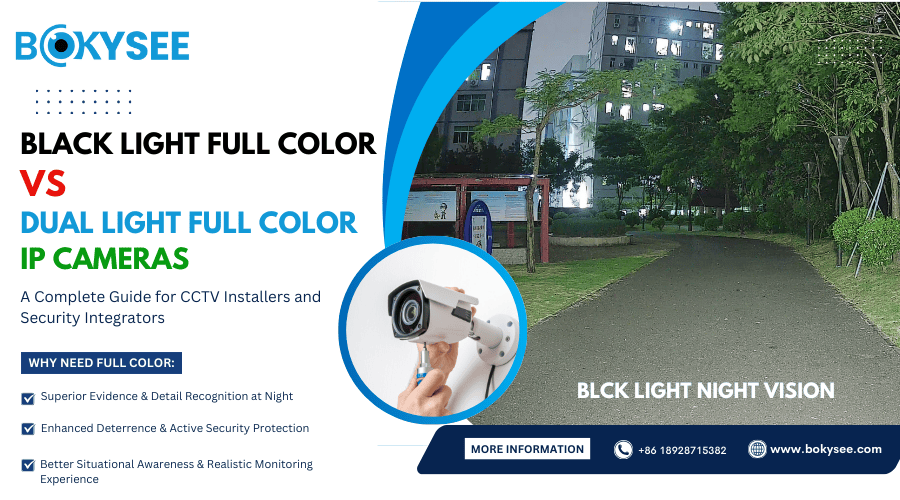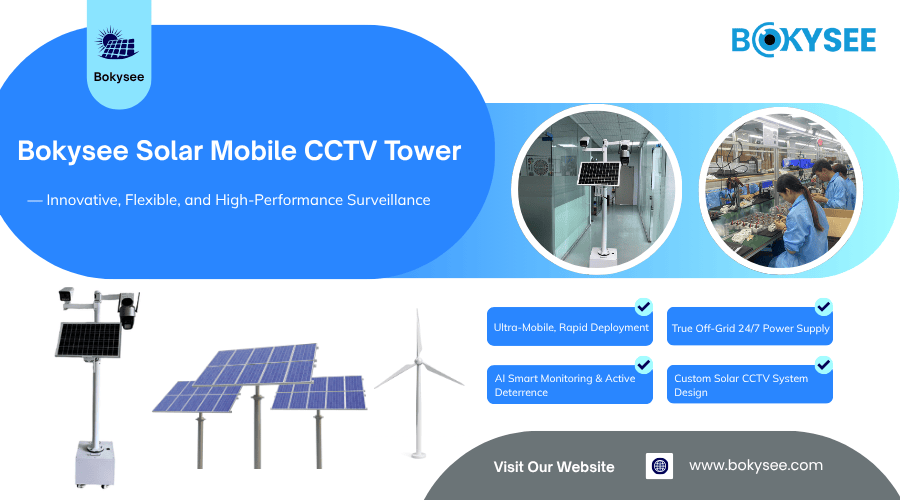
Revolutionizing Surveillance: A Glimpse into the Future
The evolution of IP cameras has significantly transformed modern surveillance practices. With the global IP camera market projected to reach approximately USD 42.7 billion by 2033, up from USD 12.7 billion in 2023, it is evident that these devices are becoming increasingly integral to security systems worldwide.
IP cameras have revolutionized remote viewing and recording capabilities, allowing users to monitor their premises from anywhere at any time. This flexibility not only enhances convenience but also improves overall security measures by providing real-time monitoring options.
Moreover, the growing importance of network connectivity in surveillance cannot be overstated. IP cameras rely on network connections to transmit data, enabling seamless integration with other security systems and facilitating centralized monitoring and control. As technology advances, the reliance on robust network infrastructures will continue to drive innovation in surveillance solutions.
Resolution Revolution: The Clarity Quotient
In the realm of surveillance, advancements in resolution technology play a pivotal role in enhancing the effectiveness of IP cameras. The importance of high resolutions cannot be overstated, as they directly impact the clarity and detail captured in video footage. High-resolution cameras enable users to discern critical details such as facial features or license plate numbers, significantly aiding investigations and incident analysis.
The impact of varying resolutions on image clarity is profound. Higher resolutions result in sharper images with greater detail, allowing for better identification and recognition of objects within the frame. As technology progresses, we can expect future trends in resolution enhancement to focus on pushing the boundaries of clarity even further, potentially incorporating features like 4K and beyond to deliver unparalleled image quality.
For instance, companies like Canon have been at the forefront of this resolution revolution by continually innovating their IP camera offerings. Through strategic acquisitions and product development initiatives, Canon has solidified its position in the market, showcasing a commitment to advancing resolution technologies for enhanced surveillance capabilities.
Advancements in Resolution Technology
…
Connectivity Convergence: Networking the Future
In the landscape of surveillance systems, network integration plays a crucial role in maximizing the capabilities of IP cameras. The role of network connectivity in IP cameras is fundamental, as it enables these devices to communicate data efficiently over networks. This connectivity not only facilitates remote access and monitoring but also allows for seamless integration with other security technologies, such as access control systems and video management software.
Emerging trends in network integration are shaping the future of surveillance systems. As technology evolves, we are witnessing a shift towards more sophisticated networking solutions that prioritize scalability, interoperability, and cybersecurity. These trends aim to streamline operations, improve system reliability, and enhance overall security measures by creating interconnected ecosystems that enable real-time data sharing and analysis.
Enhancing surveillance through seamless networking is a key objective for industry leaders like Hikvision. Known for its comprehensive product range and market presence, Hikvision continues to push boundaries in network integration by developing innovative solutions that bridge the gap between traditional security systems and modern IP camera technologies. By prioritizing seamless networking capabilities, Hikvision aims to provide users with robust and interconnected surveillance systems that deliver unparalleled performance and reliability.
Network Integration in Surveillance Systems
…
Smart Surveillance: Analytics and Automation
In the realm of surveillance, the integration of intelligent analytics and automation capabilities in IP cameras is revolutionizing the way security systems operate. The benefits of built-in analytics capabilities are manifold, ranging from advanced motion detection and object recognition to behavioral analysis and anomaly detection. By leveraging these analytics tools, users can extract valuable insights from video data, enhance situational awareness, and respond proactively to potential security threats.
Automation of surveillance tasks further streamlines operations and reduces manual intervention. Tasks such as camera calibration, event-triggered alerts, and automated tracking can be efficiently handled by IP cameras equipped with automation features. This not only enhances operational efficiency but also frees up security personnel to focus on critical tasks that require human judgment.
The future prospects of smart surveillance are promising, with industry leaders like Hitachi actively driving innovation in digital solutions and robotic systems. By combining their expertise in these areas with advancements in IP camera technologies, Hitachi aims to create sophisticated surveillance solutions that offer predictive analytics, autonomous monitoring capabilities, and seamless integration with other IoT devices. This convergence of analytics and automation is poised to redefine the landscape of surveillance by enabling proactive threat mitigation and enhancing overall security posture.
Intelligent Analytics in IP Cameras
…
Security Spotlight: Safeguarding Data and Privacy
In the age of digital surveillance, ensuring robust data security and privacy protection in IP camera systems is paramount. The importance of cybersecurity in IP camera usage cannot be overstated, as these devices are susceptible to cyber threats that can compromise sensitive information and undermine the integrity of surveillance operations. Implementing stringent security measures, such as encryption protocols, secure authentication mechanisms, and regular software updates, is essential to safeguarding data against unauthorized access and manipulation.
Mitigating cybersecurity vulnerabilities is a continuous effort that requires proactive monitoring and threat intelligence. Manufacturers and users alike must stay vigilant against evolving cyber threats by conducting regular risk assessments, implementing best practices for network security, and fostering a culture of cybersecurity awareness. By addressing vulnerabilities promptly and effectively, organizations can fortify their IP camera systems against potential breaches and data leaks.
Protecting data and privacy in surveillance goes beyond technical safeguards; it also encompasses ethical considerations and regulatory compliance. Companies like Bosch have been at the forefront of this endeavor, expanding their portfolio to enhance video surveillance capabilities while prioritizing data protection. Through a combination of innovation and acquisitions, Bosch aims to deliver comprehensive security solutions that not only meet industry standards but also uphold user privacy rights. By championing data security principles and transparency in their practices, Bosch sets a precedent for responsible surveillance technology development.
Ensuring Data Security in IP Camera Systems
…
Embracing the Future: IP Cameras in 2025 and Beyond
As we look ahead to the future, IP cameras are poised to play a pivotal role in enhancing surveillance practices across various industries. Anticipated advancements in IP camera technology, driven by companies like Sony Corporation, are expected to focus on cutting-edge image sensor technology and innovative video solutions. These technological developments will not only improve the quality and reliability of video footage but also introduce new features that enhance overall security measures.
Expert opinions, such as those of Fu Liquan, Founder of Dahua Technology, highlight the industry's direction towards integrating AI and IoT technologies into IP cameras. This integration is set to revolutionize surveillance capabilities by enabling intelligent analytics, predictive monitoring, and seamless connectivity with other smart devices. The future implications of widespread IP camera adoption include enhanced situational awareness, proactive threat detection, and streamlined security operations.
In conclusion, the evolution of IP cameras continues to shape the landscape of modern surveillance, offering unprecedented levels of security and efficiency. By embracing these advancements and staying attuned to emerging trends, organizations can leverage IP cameras as powerful tools for safeguarding assets, ensuring public safety, and driving operational excellence.
See Also
Emerging Trends in Outdoor Security Cameras for 2025
Leading IP Camera Brands for Home Security This Year
Exploring the Future Developments in Surveillance Cameras
Why High-Resolution Surveillance Cameras Are Essential for Safety







